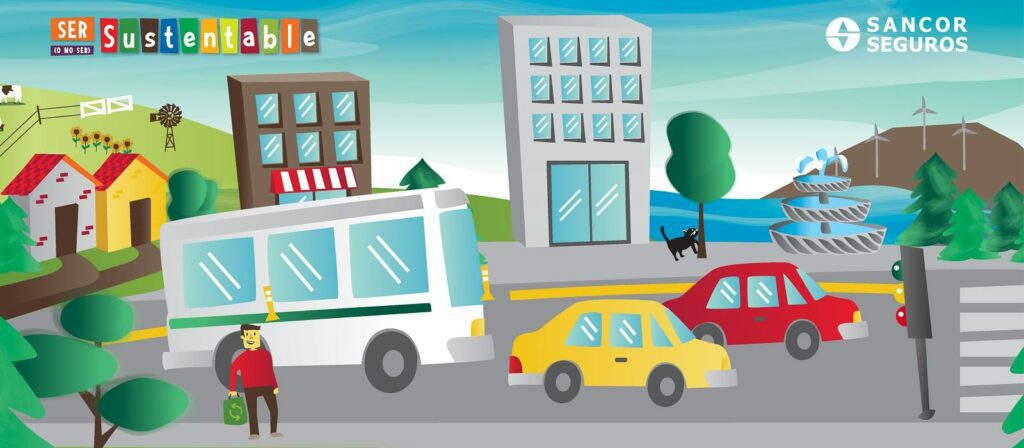“We are committed to climate change so that our customers feel safe in a sustainable world. Our goal of net zero emissions by 2050 is ambitious, but it is not enough. It must be broken down into equally ambitious interim targets, linked to credible plans and followed up on a regular basis,” said Ylva Wessén, Folksam’s President and CEO. “With our customers’ SEK 500 billion behind us, we look forward to working towards our new interim targets, and thus continue our long-term work of contributing to a restructuring of the investment portfolios in line with the goals in the Paris Agreement.”
The Folksam Group’s new climate goals for 2025 and the overall work within the Alliance include a stated ambition to reduce greenhouse gas emissions in the real economy. To achieve this, Folksam plans to try to influence the companies it owns to take greater responsibility in climate change. By 2025, the goal is for at least 50 percent of the 86 largest emissions in the Folksam Group’s investment portfolios to have adopted scientifically based climate targets.
“We want to ensure that climate work is a key part of the strategic agenda in the companies that the Folksam Group owns, especially among our holdings with the largest climate footprint,” says Michael Kjeller, Head of Asset Management and Sustainability and Deputy CEO of Folksam. “Significantly reducing greenhouse gas emissions in the real economy does not happen overnight, and therefore powerful advocacy work will be an important part of our work in the coming years.”
In addition to an increased number of portfolio companies with science-based climate targets, Folksam has also adopted a quantitative climate target where GHG emissions within equities, corporate bonds and real estate must be reduced by 29 percent by 2025. The target will primarily be achieved through advocacy activities, while divestments may be needed if a portfolio company does not show sufficient willingness or ability to restructure its operations in line with the objectives of the Paris Agreement. In addition, Folksam has adopted goals to promote the availability of green investments, among other things through closer dialogue with players in the primary market.
Folksam Group’s climate goals 2025 – Impact
Folksam has identified the 121 companies with the largest greenhouse gas emissions in the Group’s investment portfolios. Until 2025, the Folksam Group will, through general meetings, direct meetings and other advocacy activities, in its own name or in collaborations with others, work to ensure that the companies on the list gradually improve their reporting and objectives linked to climate change.
Companies that are already covered by the Folksam Group’s existing climate impact initiatives have been removed from the list of the 121 companies with the largest emissions. The remaining 86 companies have since been divided into four different categories depending on the level of their climate goals and reporting at today, with sub-goals linked to each category. The overall goal, however, is that at least 50 percent of these 86 companies must have adopted scientifically based climate goals by 2025, approved by the Science Based Targets Initiative or equivalent. At present, that figure is 23 percent.
Emission reduction
Folksam continues to build on the work done in 2019 with the new goal of reducing emissions of carbon dioxide equivalents by a further 29 percent by 2025. The asset classes covered are shares, corporate bonds and real estate. Folksam says the goal must primarily be achieved through advocacy activities aimed at the respective asset. At the same time, divestments may become relevant in cases where the Folksam Group – despite repeated attempts at influence – does not see sufficient willingness or ability to adapt in line with the goals in the Paris Agreement.
Promoting the availability of green investments
Folksam Group’s goal until 2025 is to further develop its relations with issuers and other players in the primary market, in order to promote the availability of green investment alternatives. This will be achieved through, among other things, dialogue meetings and advocacy activities, in order to clarify the link to sustainability in future investment products and encourage more players in the primary market to create climate adaptation strategies.


